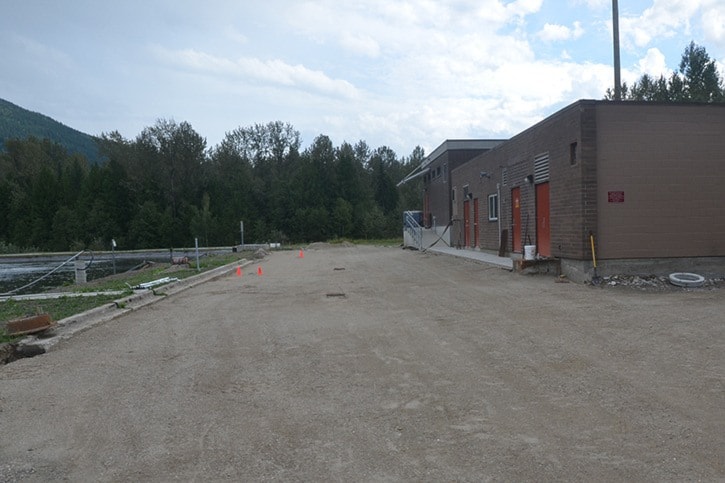The City of Revelstoke moved one step closer to a Southside sewage smell solution after council approved a new filtration and ventilation system be installed at the sewage treatment plant.
The smell coming from the sewage treatment plant emerged as an issue last summer when a group of Southside residents approached city engineering director Mike Thomas asking for a solution.
Last Tuesday, June 10, council heard from Stephen Horsman, an engineer with the firm AECOM, who was selected as the consultant for the sewer odour control project.
He gave council an overview of the project, identifying where the source of the smell was and presenting options for dealing with the odour.
According to Horseman’s presentation, the worst of the smell comes from the influent channel of the plant’s headworks building, where trash is removed from the waste water before being sent to the lagoons for treatment.
The smell is caused by the levels of hydrogen sulfide (H2S) emitted from the sewage. Two odour loggers were installed in the headworks building — one near the influent channel and the other by the building exhaust duct.
The loggers detected an average H2S level of three parts per million at the influent channel, with a peak of 25 ppm. At the exhaust duct, the average was one ppm, with a peak of less than five.
“The levels of H2S measured in the influent channel are slightly higher than would typically be expected for a municipal raw sewage application of similar magnitude to Revelstoke’s,” Horsman told council. “This is likely attributed to retention times in the lift stations that supply the raw sewage to the sewage treatment plant.”
Horsman presented multiple options for dealing with the odours. He instantly discounted using counteractants, saying they would prove expensive over time. He also recommended against using liquid treatment technology, which essentially turn the H2S into a solid state to prevent it from releasing.
His recommendation was for a gas phase treatment that would use a carbon-based filter to extract the H2S and other odour-causing compounds from the air.
“This is a widely used technology. It’s highly effective and efficient,” he said. “The key benefit is it essentially works instantaneously. You turn on the fan, it blows foul air onto the media, you reduce or remove almost all odours.
“The challenge is with higher loading its not discriminative of what it takes out of the air stream,” he continued. “If you have contaminants and high-stress loading coming onto it, it will strip it all out but you’ll have to replace the medium more frequently and will have higher operational costs.”
Still, he said, the carbon system was the cheapest option, with the lowest capital and lifecycle costs.
Horsman also recommended a ventilation system be installed that would treat air as it leaves the headworks building.
Council approved both recommendations and also voted to allocate about $300,000 to construct the new system. $200,000 was already earmarked in the 2014 budget for the odour control system; the rest will be reallocated from money budgeted for sewer distribution system upgrades and the relining capital budget.
AECOM will now create a detailed design for the system and the project will go out to tender, with the aim for construction take place this year.
Read Horsman’s full report below:
Revelstoke sewage treatment plant odour control report by AlexCooperRTR
